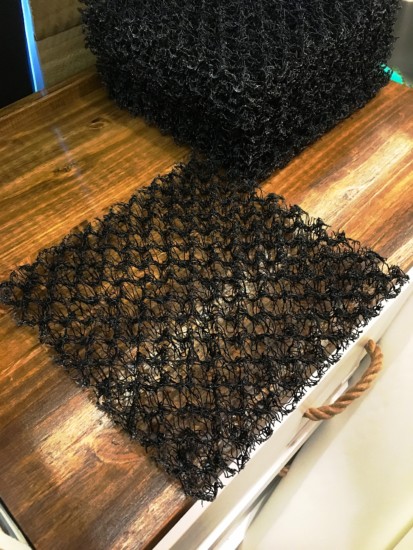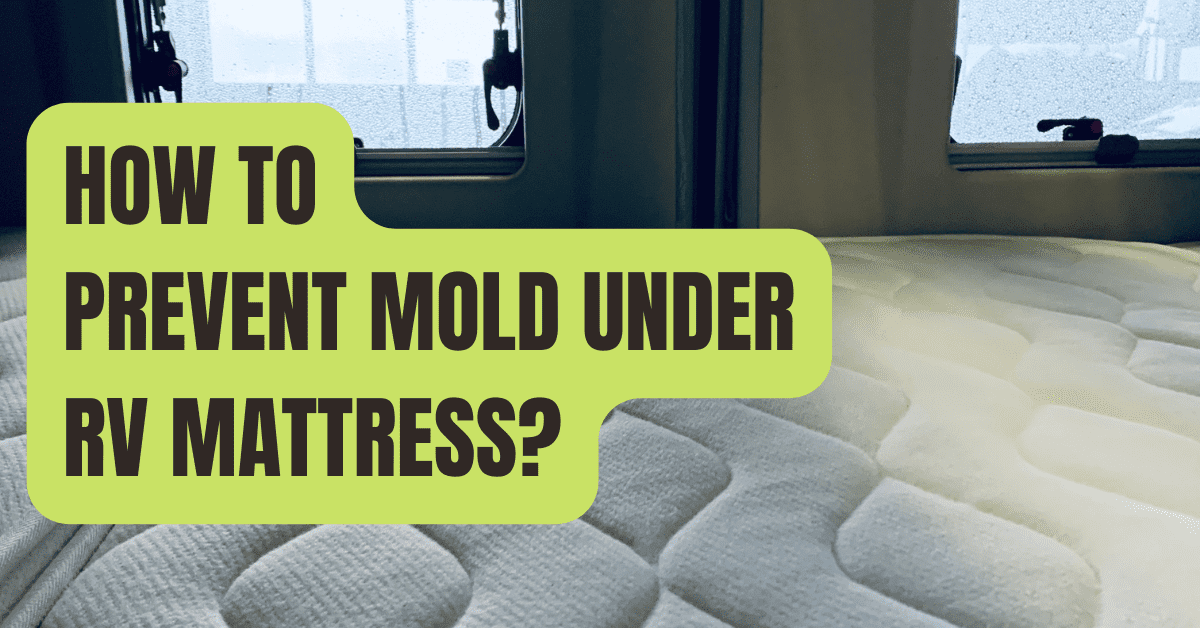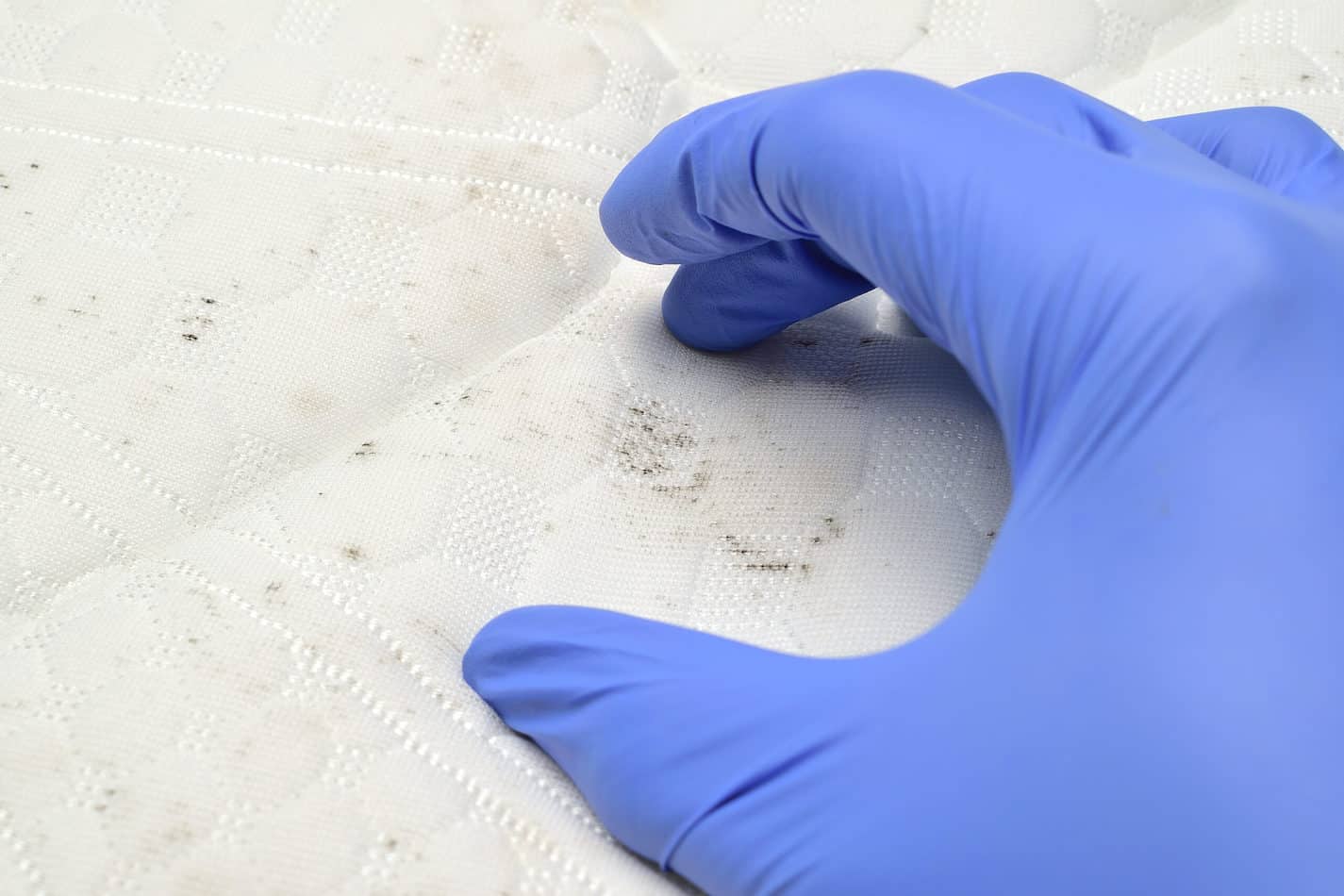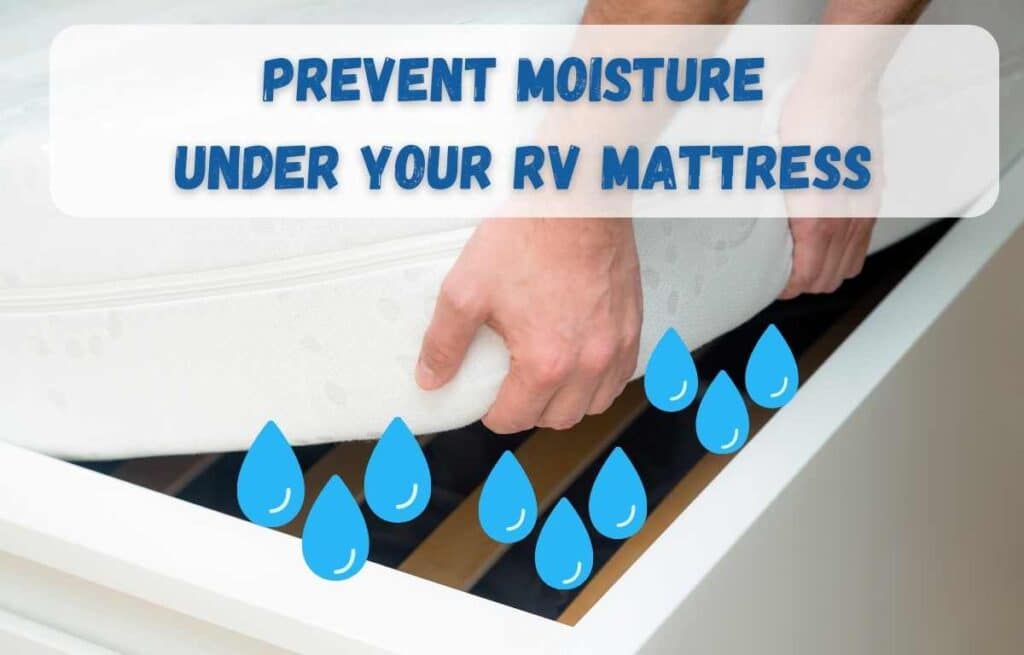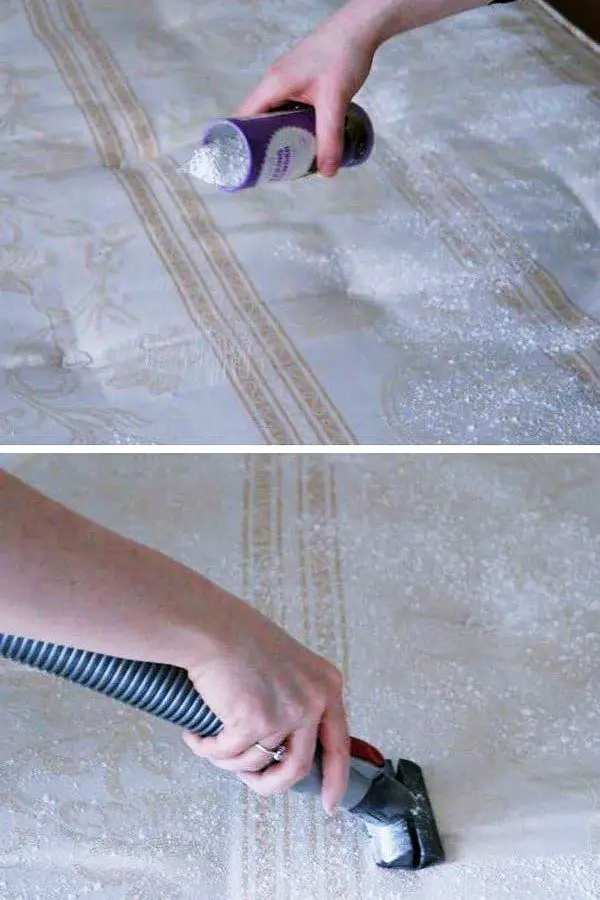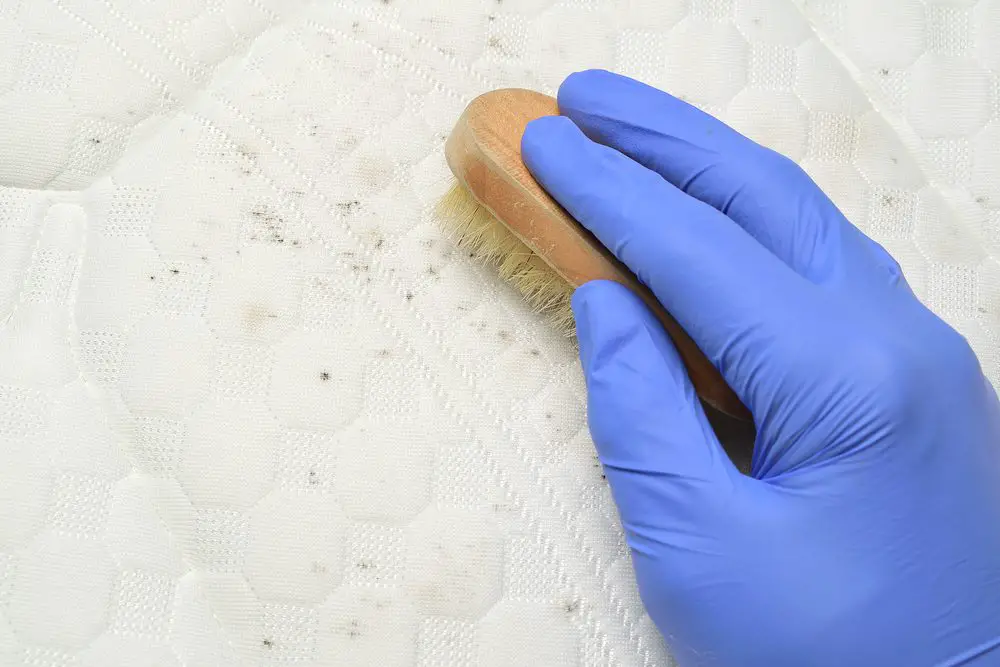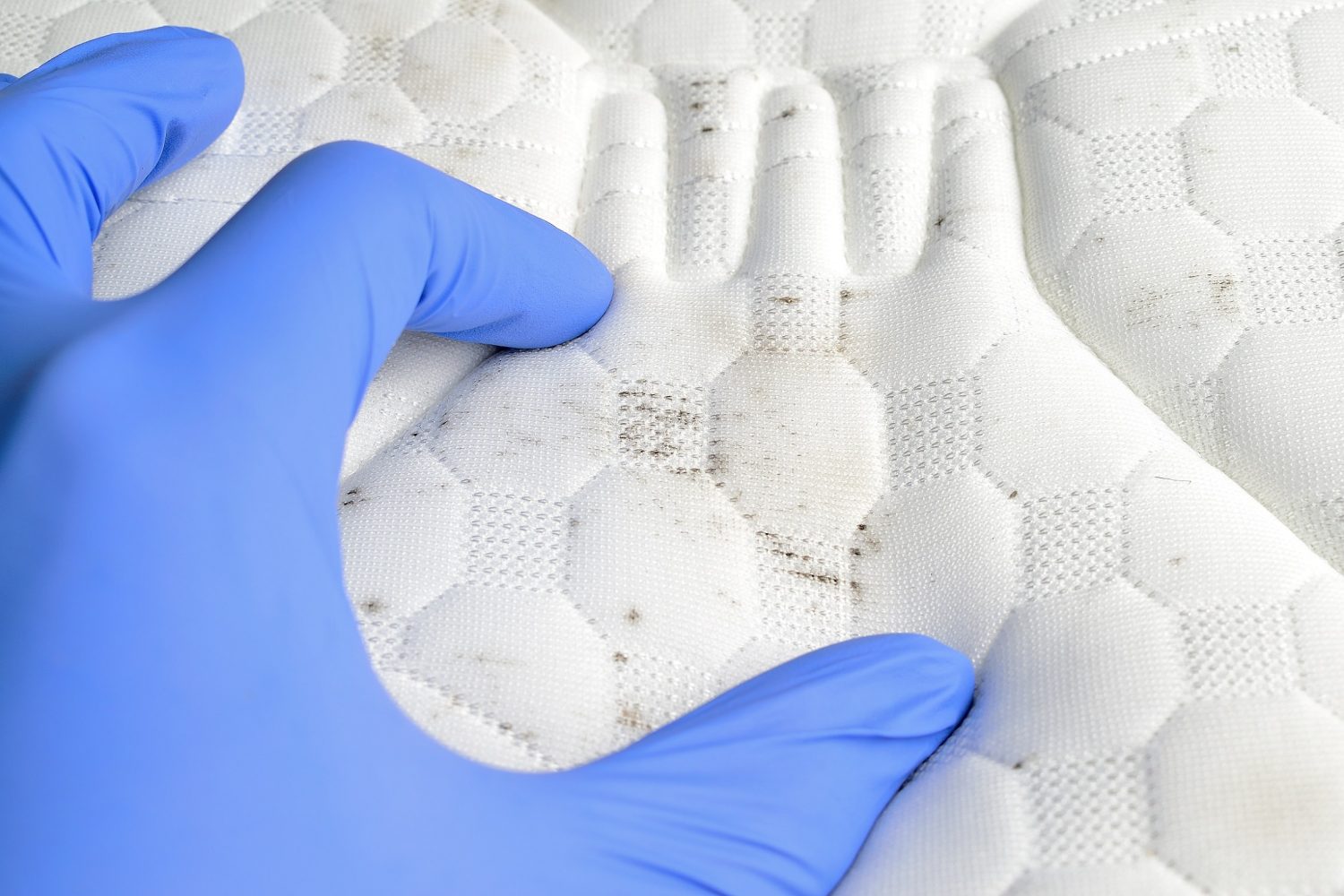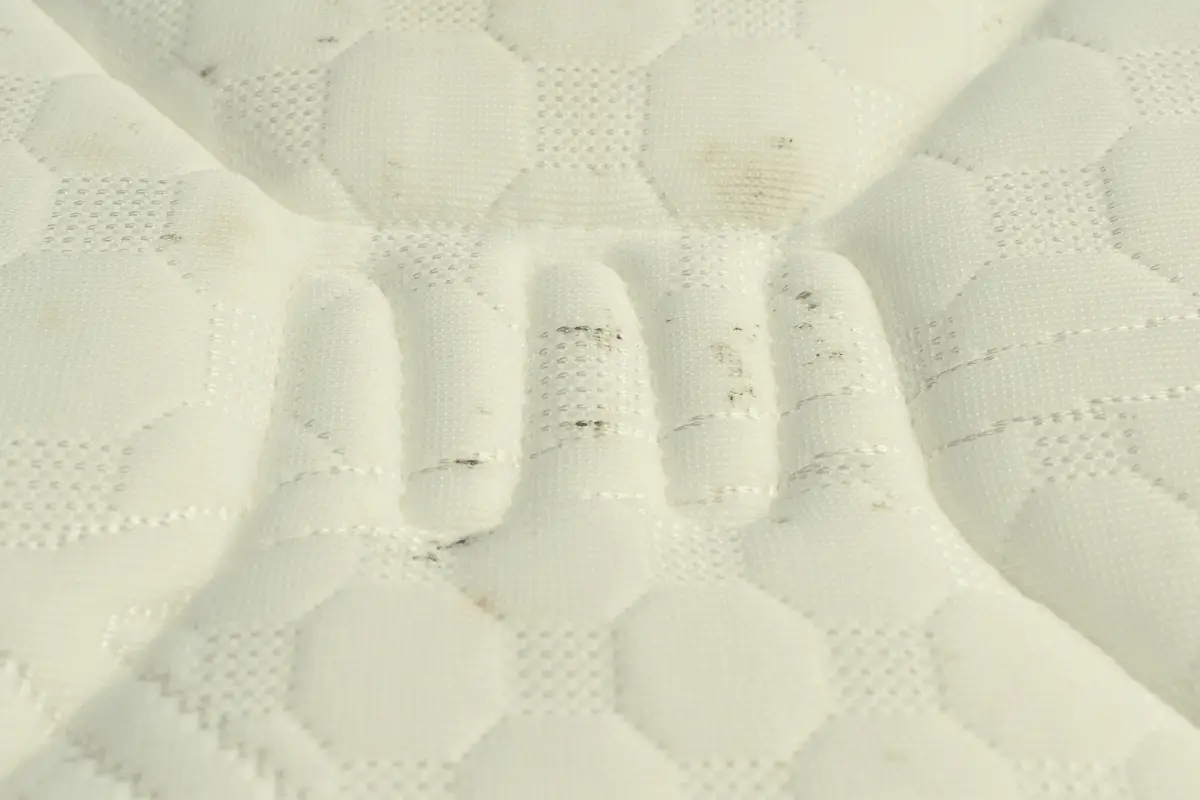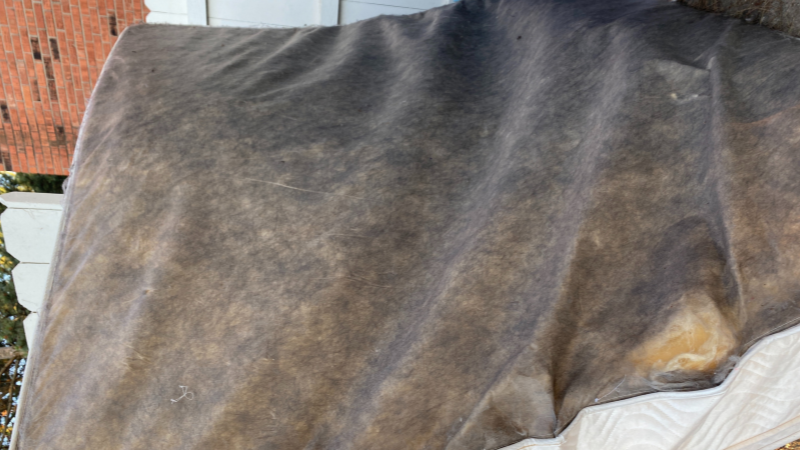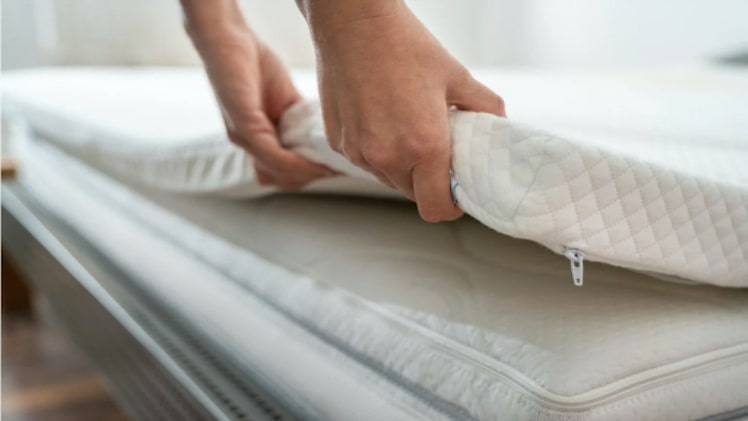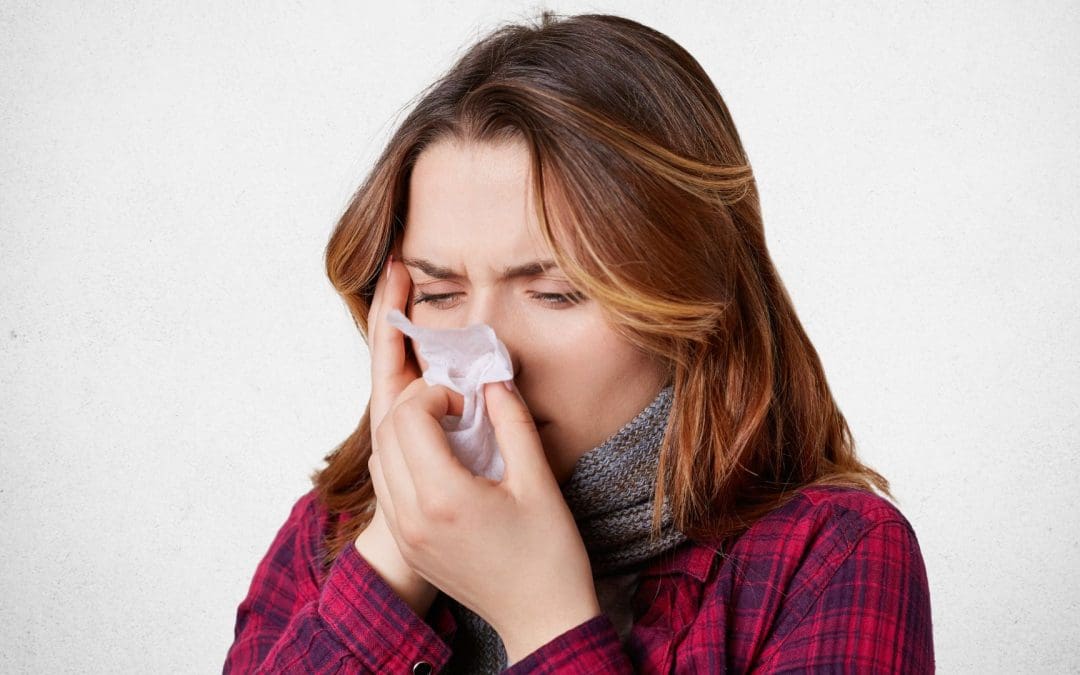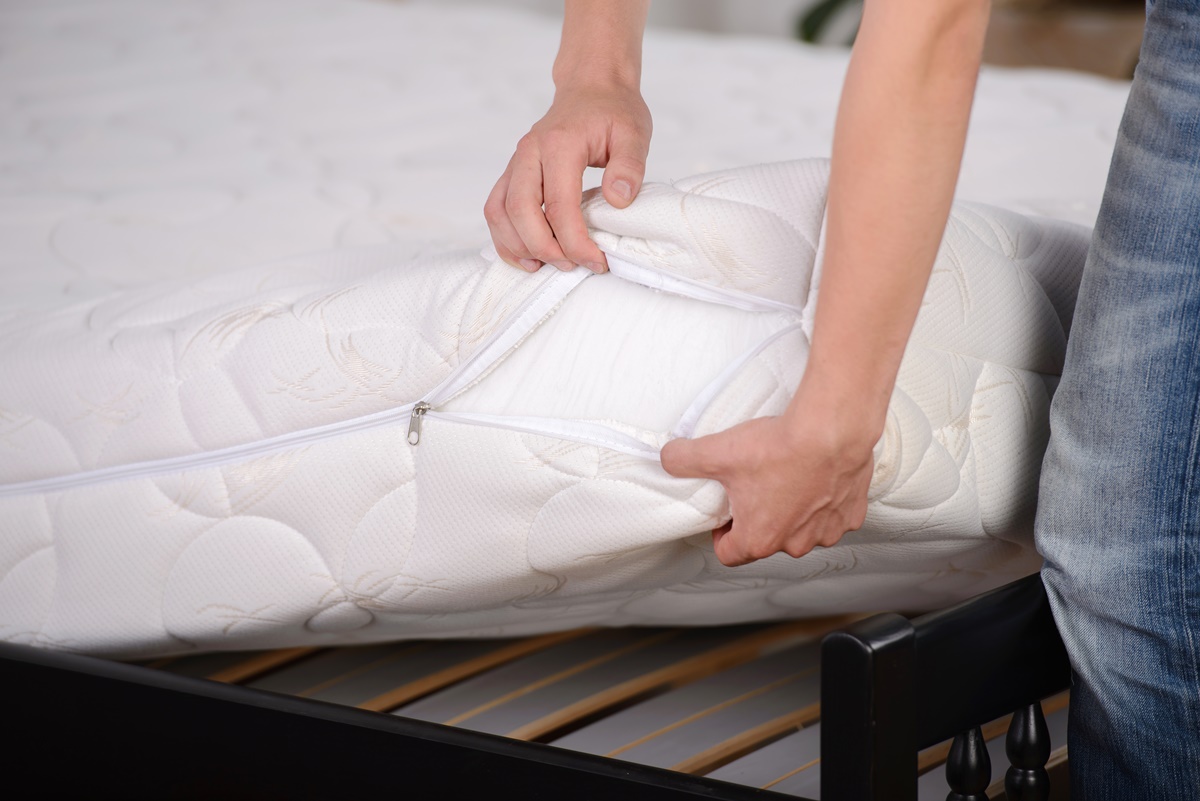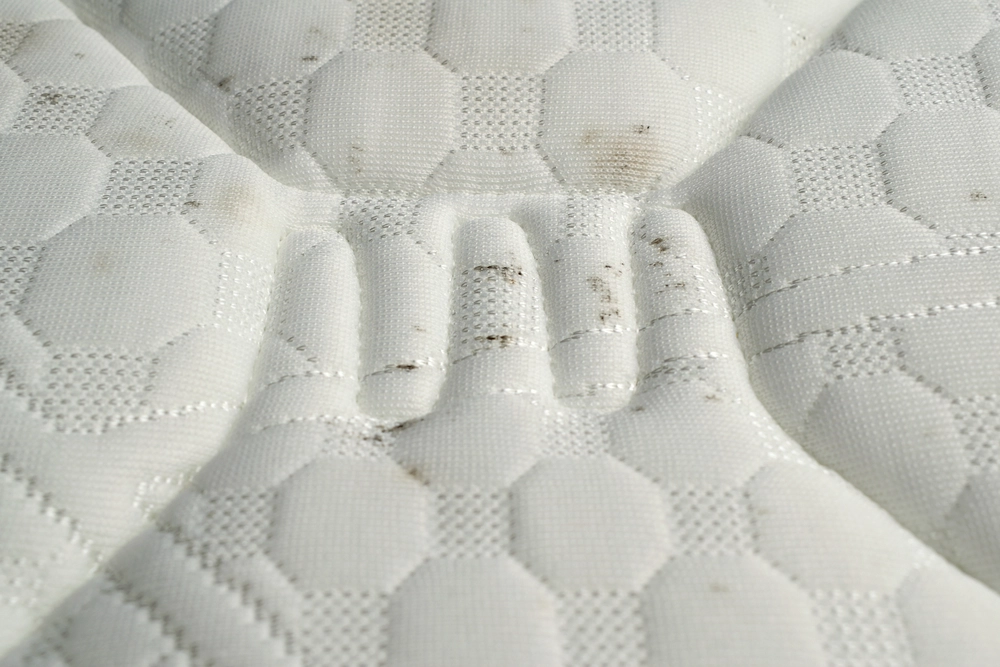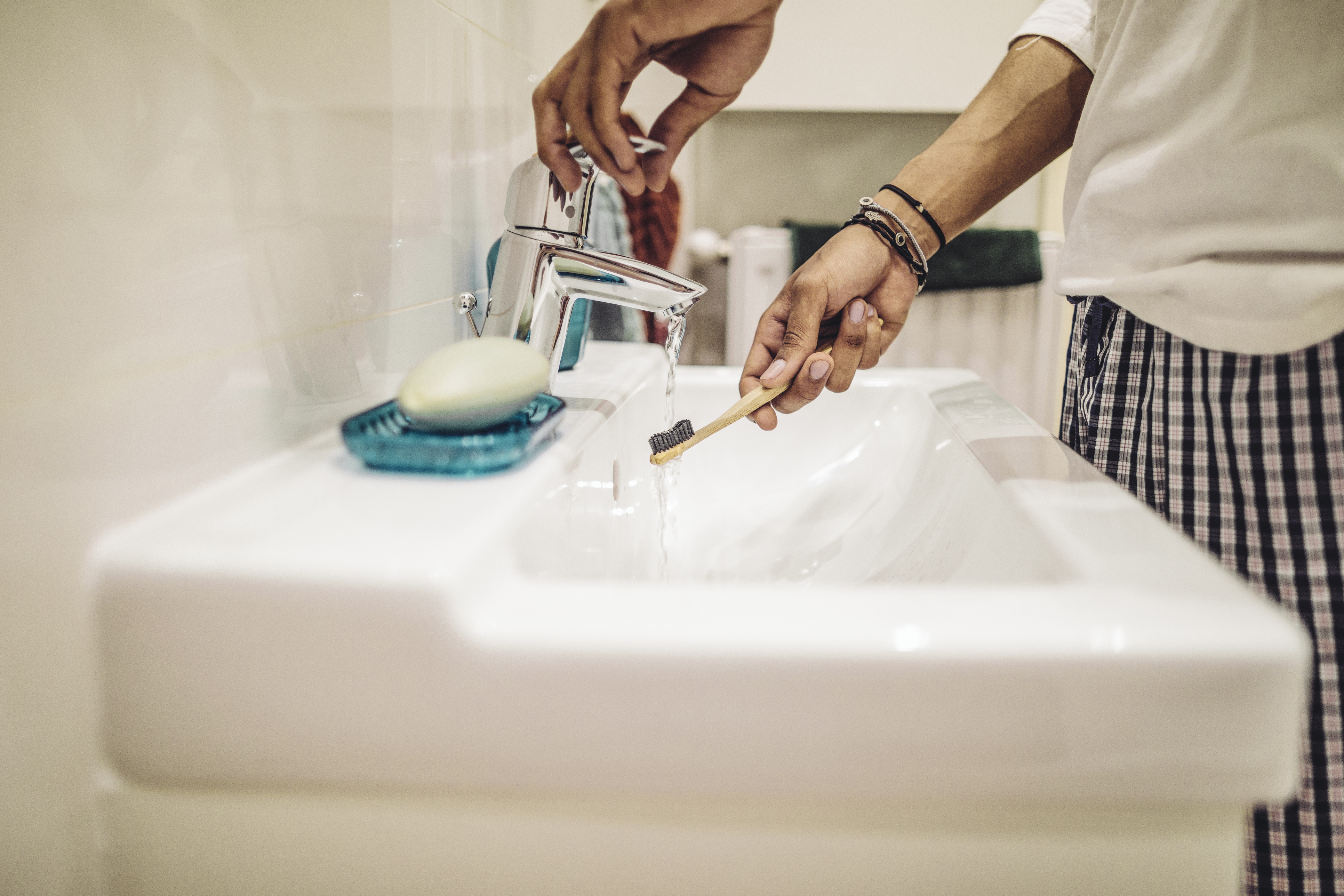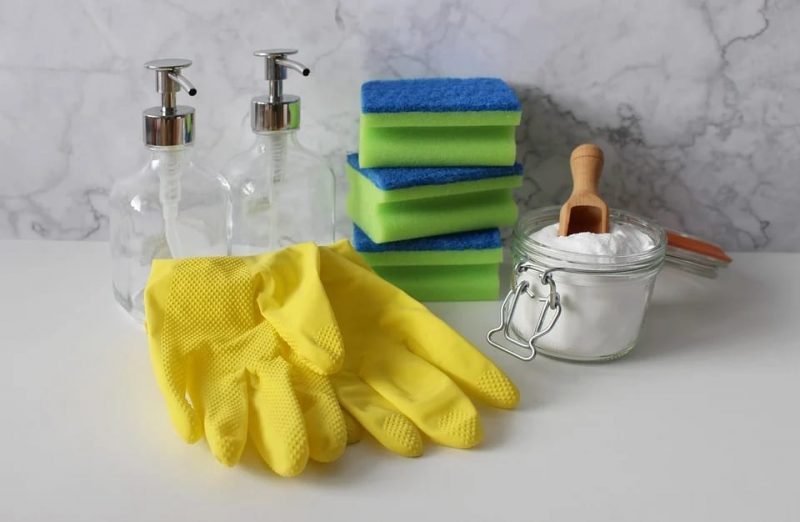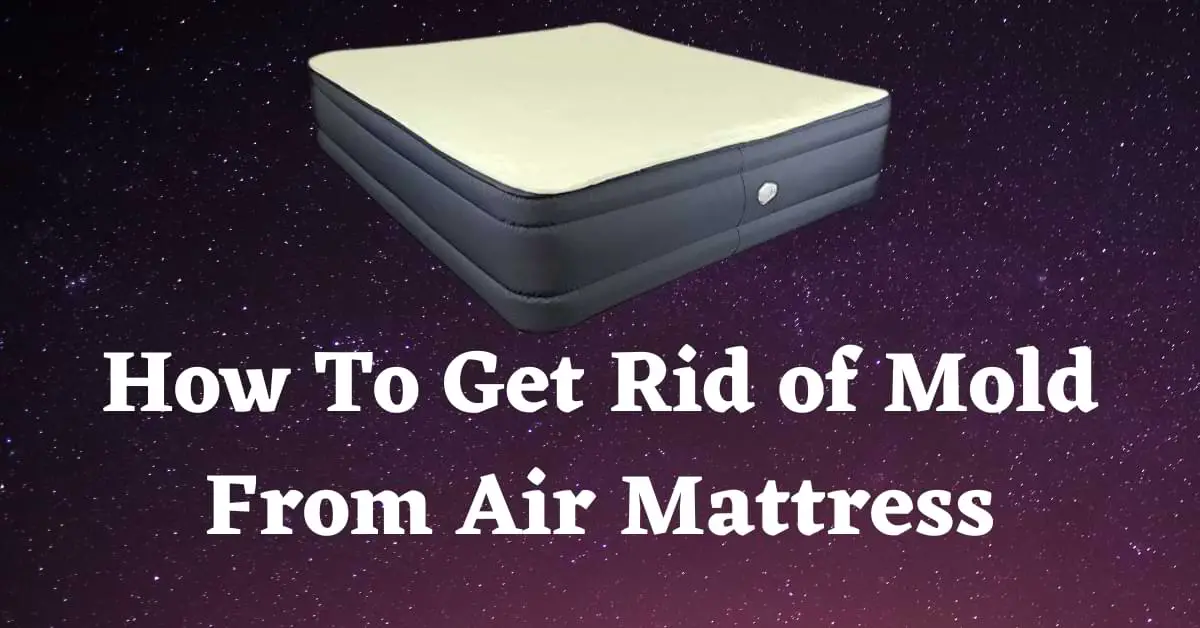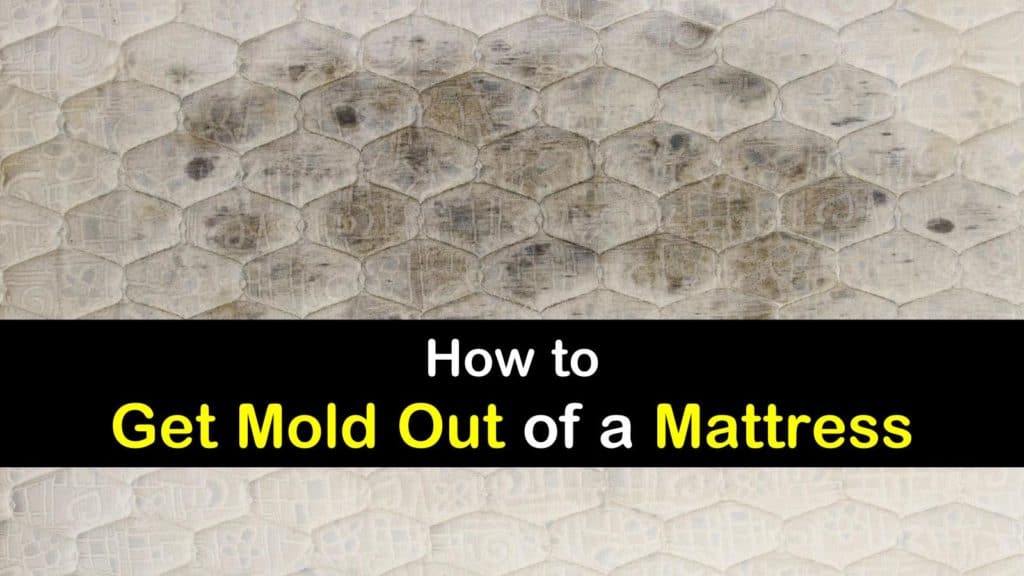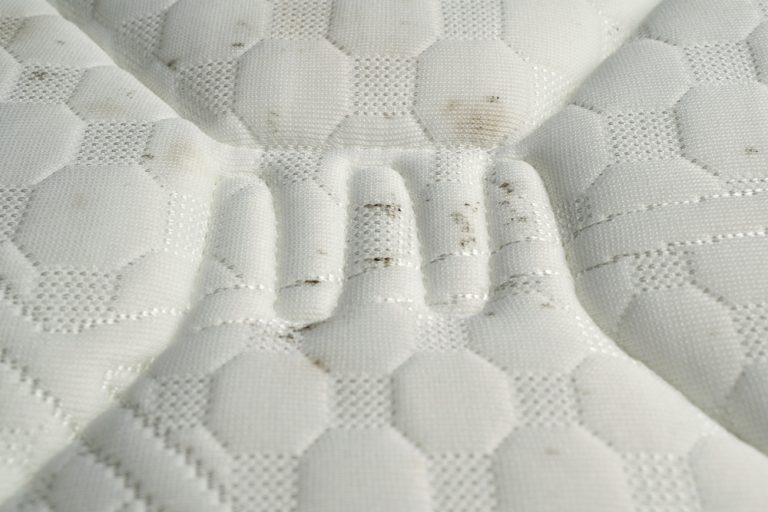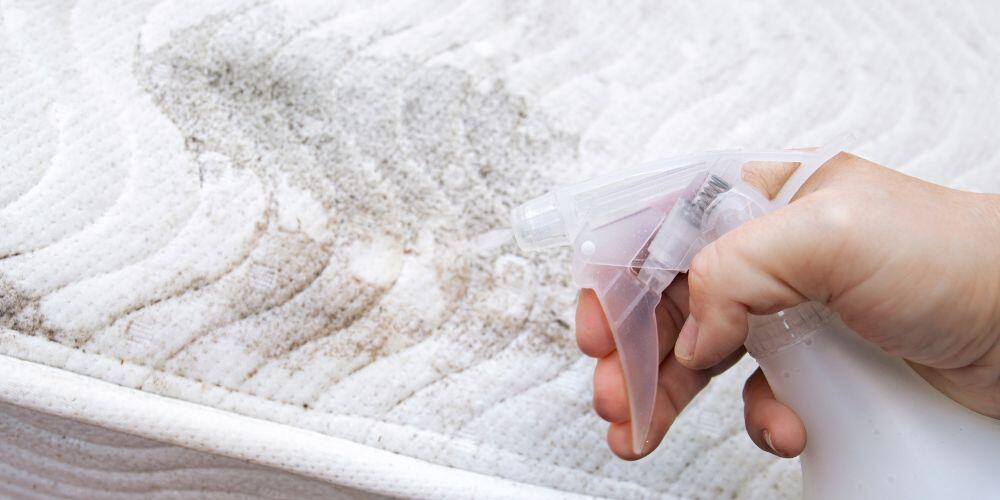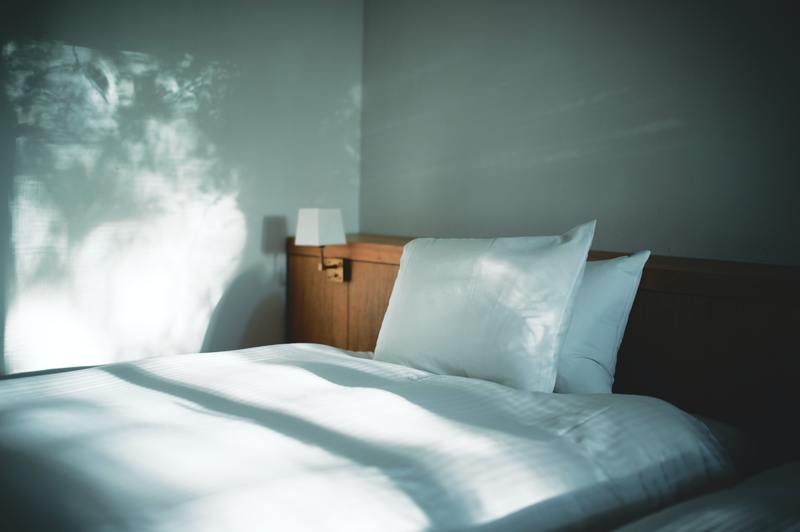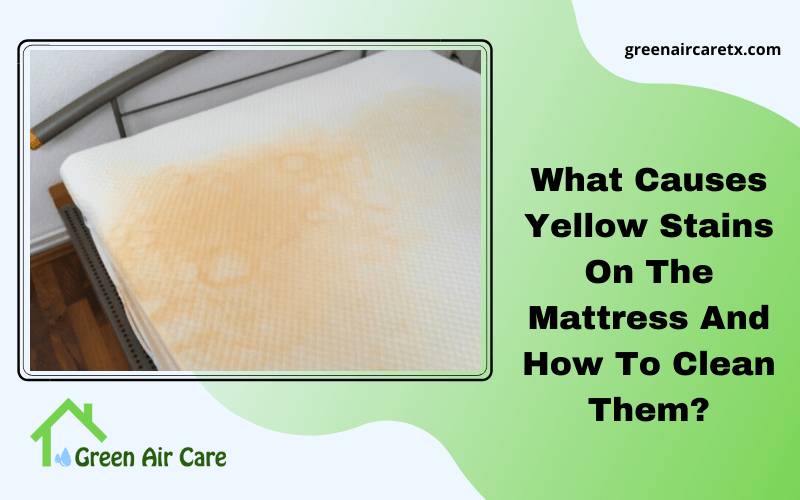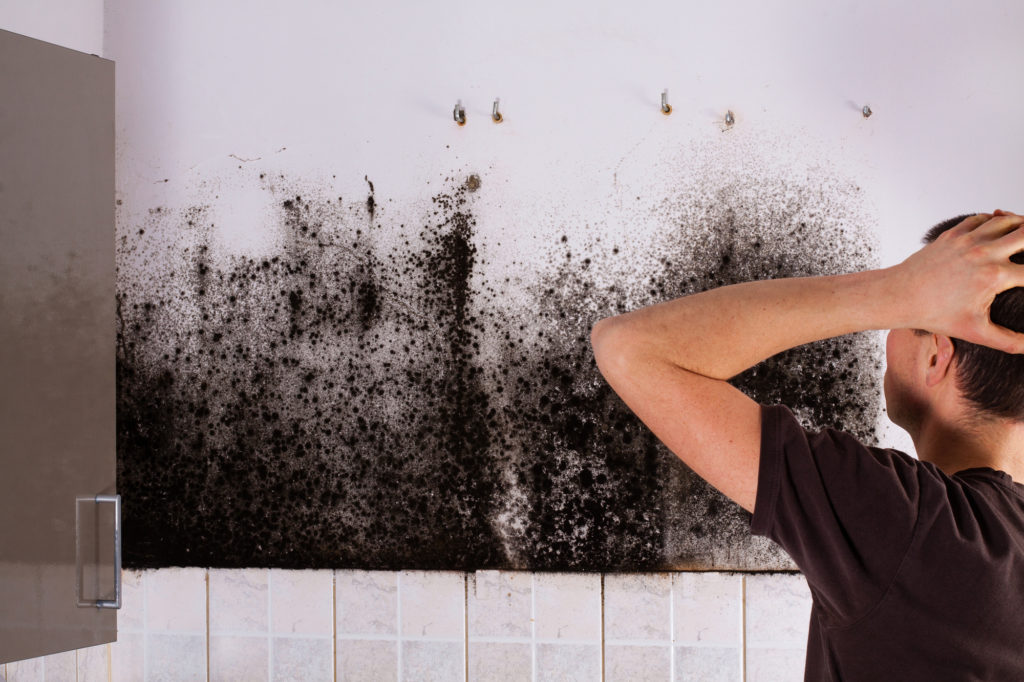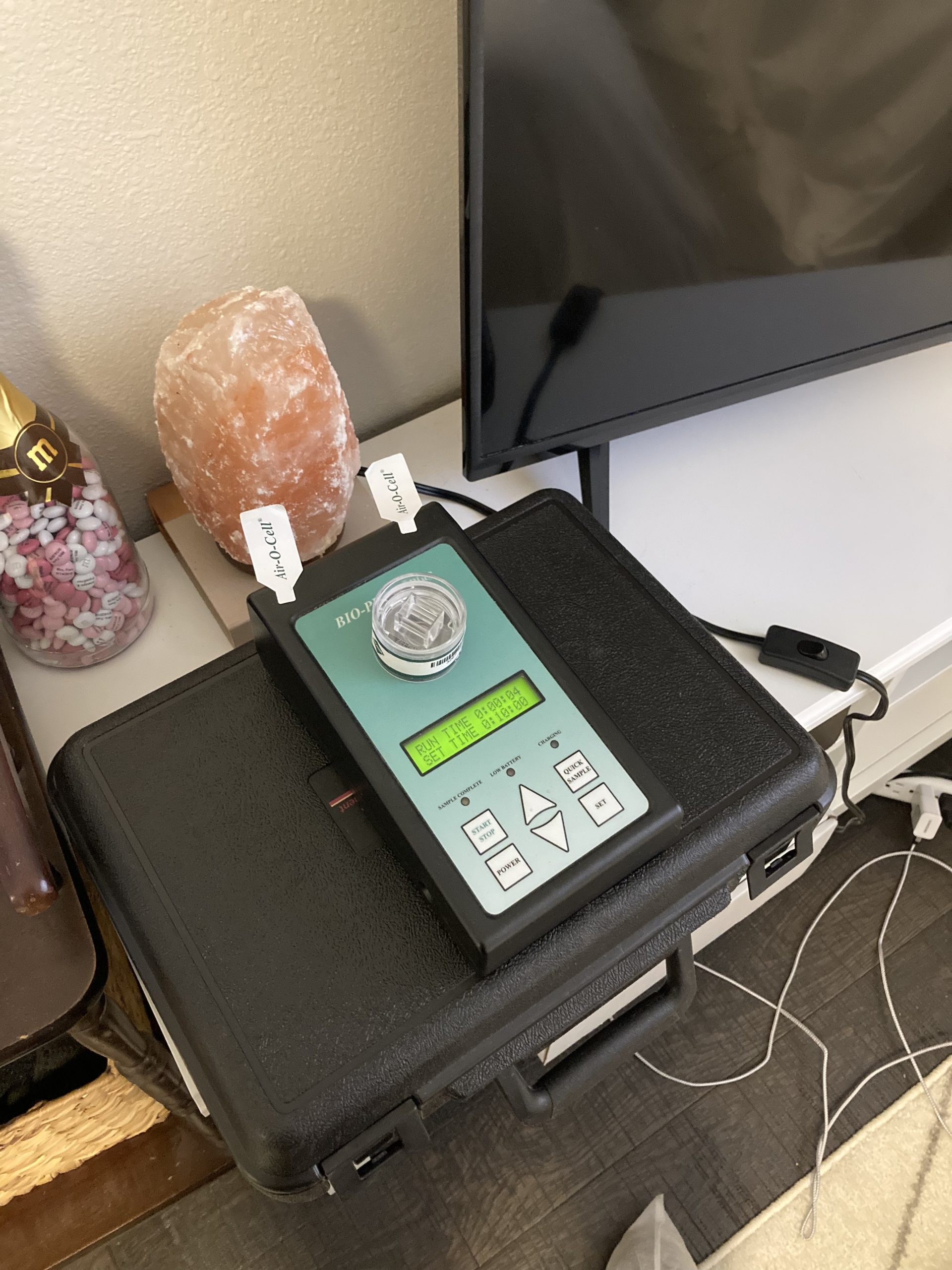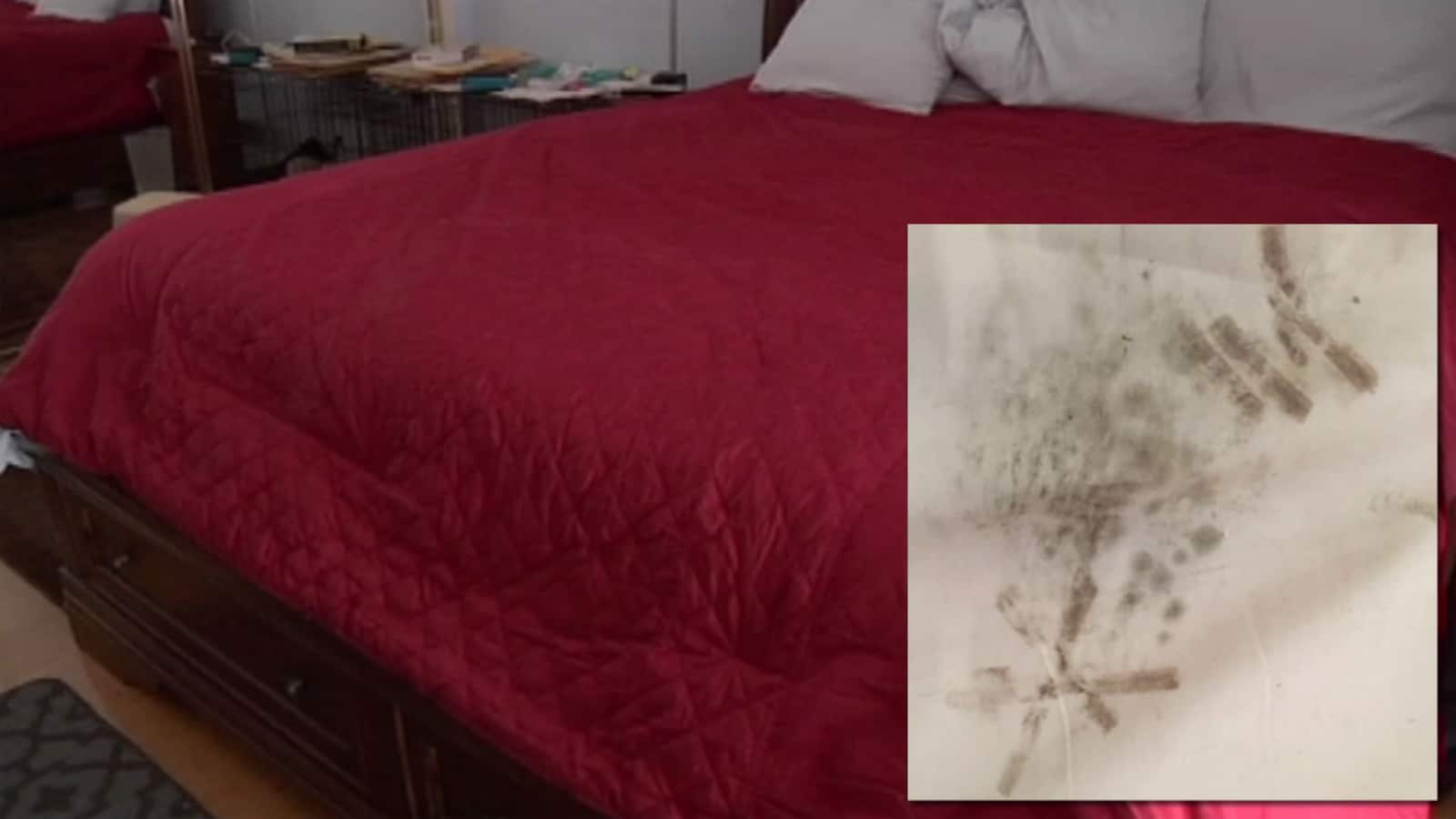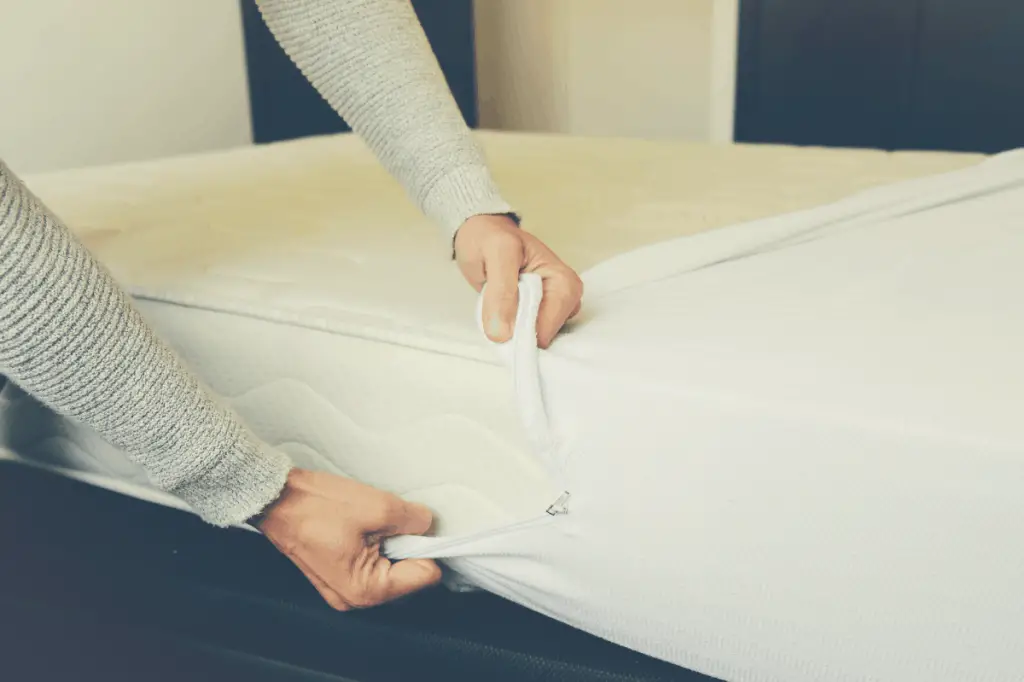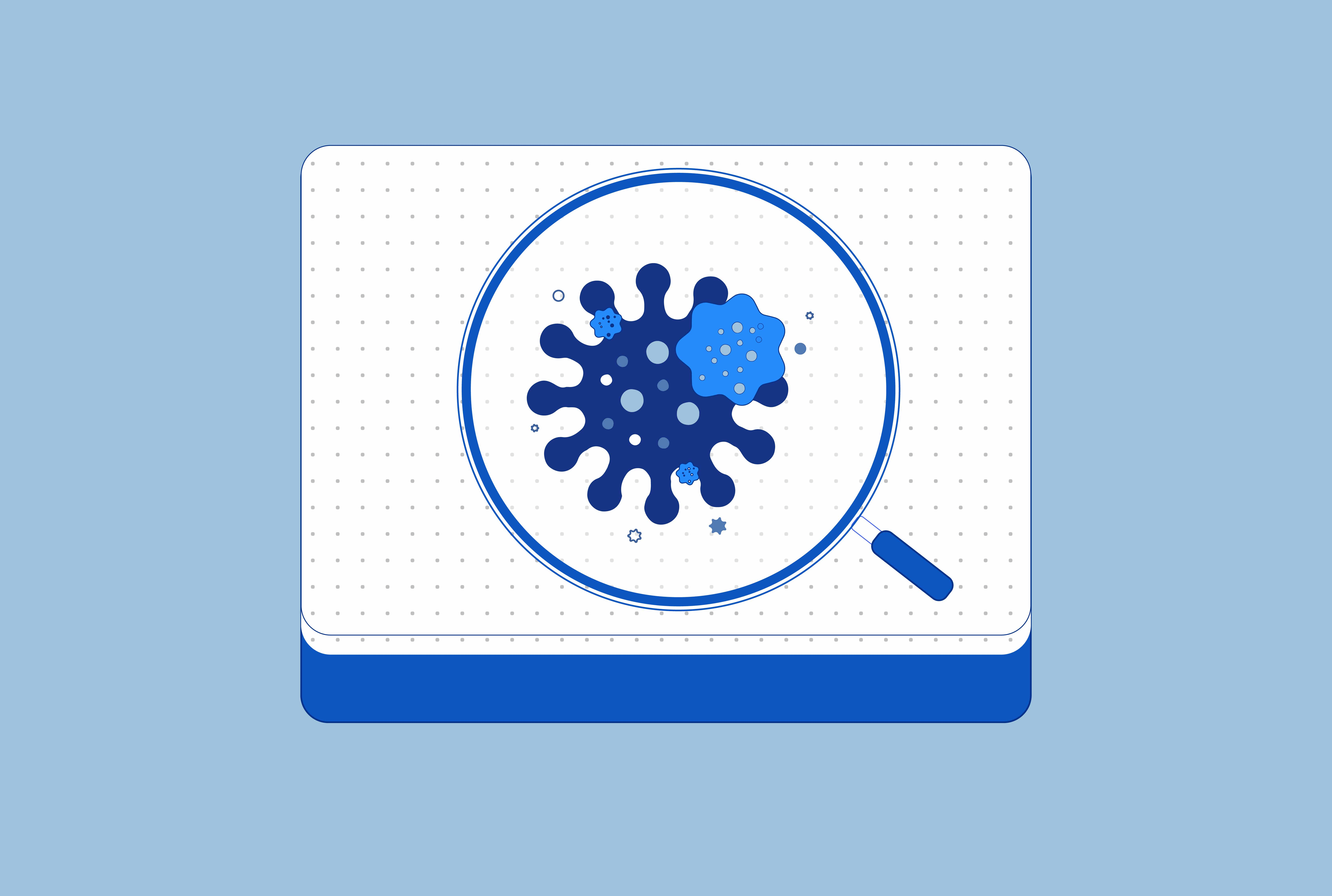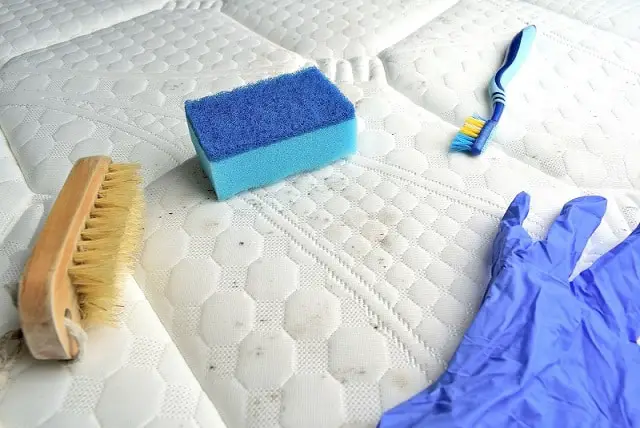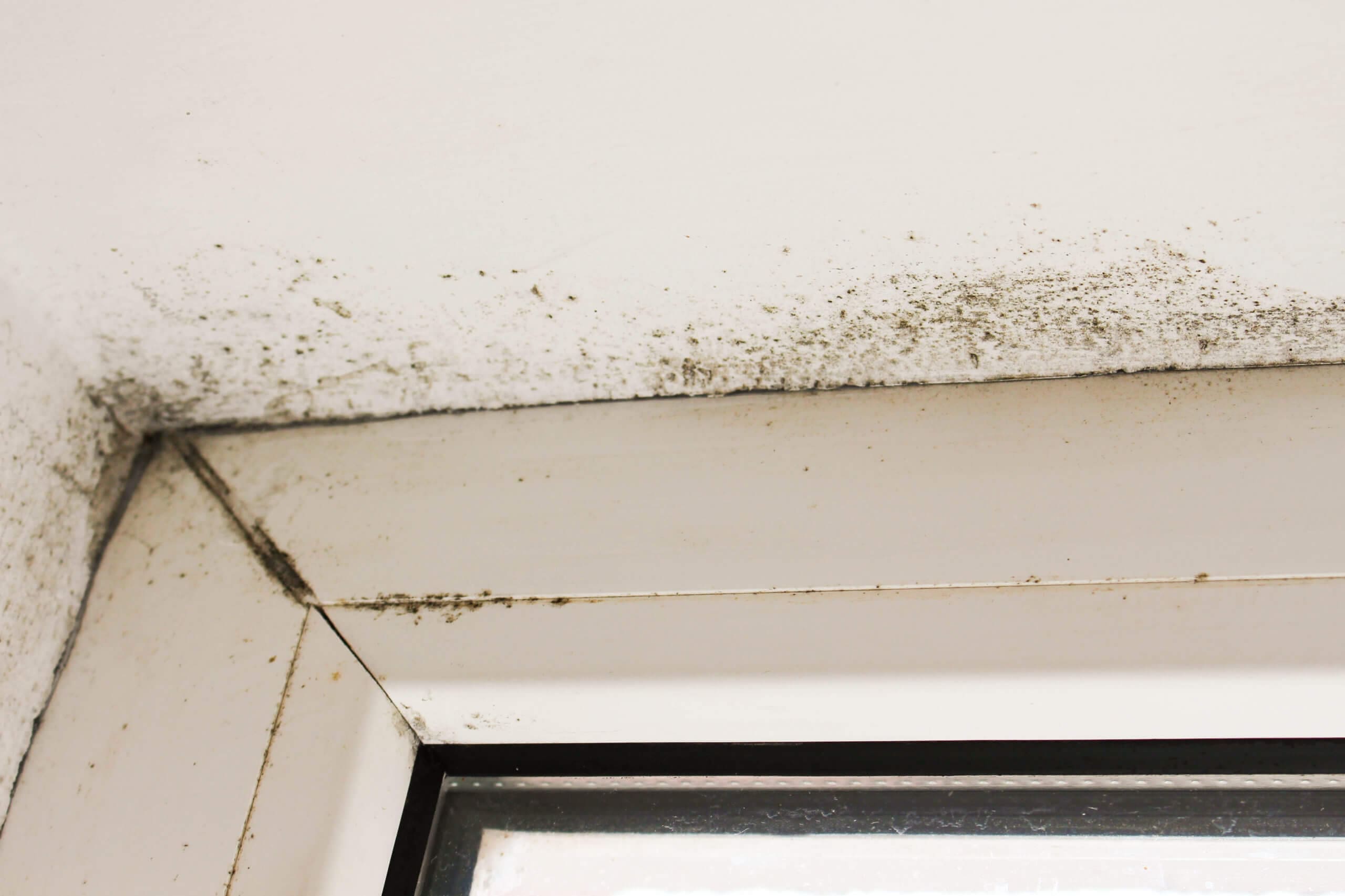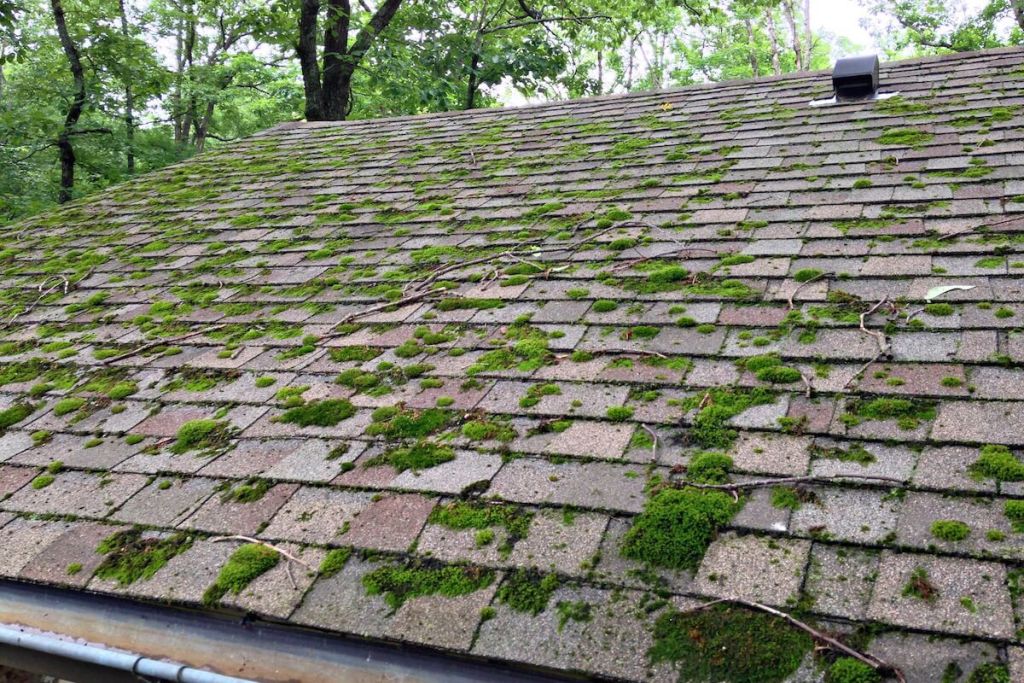Mold is a common problem that can occur in any household, and your mattress is no exception. Not only can mold cause unpleasant odors and stains on your mattress, but it can also lead to health issues if left untreated. To prevent mold from growing on your mattress, follow these simple steps.How to Prevent Mold on a Mattress
If you notice mold on your mattress, it's important to act quickly to prevent it from spreading and causing further damage. To clean a moldy mattress, start by vacuuming the affected area to remove any loose mold spores. Then, mix a solution of equal parts water and white vinegar in a spray bottle and spray it onto the affected area. Let it sit for an hour before wiping it off with a clean cloth. Repeat this process until the mold is completely gone.How to Clean a Moldy Mattress
It's important to be aware of the signs of a moldy mattress so you can catch the problem early on. Some common signs of a moldy mattress include a musty odor, visible patches of black, green, or white mold, and an increase in allergy symptoms such as sneezing and coughing. If you notice any of these signs, it's important to take action right away.Signs of a Moldy Mattress
Mold can have negative effects on your health, especially if you have allergies or asthma. Breathing in mold spores can cause respiratory issues, and prolonged exposure can lead to more serious health problems. If you suspect that your mattress has mold, it's important to take steps to remove it to protect your health.Can Mold on a Mattress Make You Sick?
If you discover mold on your mattress, it's important to get rid of it as soon as possible. In addition to following the steps mentioned above for cleaning a moldy mattress, you can also use a mold and mildew cleaner specifically designed for mattresses. These products can be found at most home improvement stores and can help to effectively remove mold and prevent it from coming back.How to Get Rid of Mold on a Mattress
Mold needs moisture and organic material to grow, and your mattress can provide the perfect environment for it. If your mattress gets wet from sweat, spills, or even high humidity, it can create the ideal conditions for mold to grow. Additionally, if your mattress is not properly ventilated, it can trap moisture and promote mold growth.What Causes Mold on a Mattress?
Mold on a mattress is not always easy to spot, but there are some ways to detect it. In addition to visible signs such as discoloration and musty odors, you can also use a black light to detect the presence of mold on your mattress. Mold will appear as a green or yellow glow under the black light, making it easier to identify and treat.How to Detect Mold on a Mattress
Yes, sweat can contribute to mold growth on your mattress. Our bodies produce a lot of moisture while we sleep, and if that moisture is not able to evaporate, it can create a damp environment perfect for mold. To prevent mold from sweat, make sure to use a mattress protector that is waterproof and breathable to allow for proper ventilation.Can a Mattress Get Moldy from Sweat?
Mold stains can be stubborn to remove, but with the right tools and techniques, they can be eliminated. One effective method is to mix baking soda and water to create a paste and apply it to the stained area. Let it sit for about an hour before wiping it off with a clean cloth. Repeat this process until the stain is gone.How to Remove Mold Stains from a Mattress
Prevention is key when it comes to mold on your mattress. To prevent mold growth, make sure to keep your mattress dry and well-ventilated. Use a mattress protector to protect against spills and sweat, and regularly clean and vacuum your mattress to remove any dust or debris. If you live in a humid climate, consider using a dehumidifier in your bedroom to reduce moisture levels. Taking these steps can help to prevent mold from growing on your mattress and keep it clean and healthy for years to come.How to Prevent Mold Growth in Your Mattress
The Dangers of a Moldy Mattress

What is mold and how does it form on a mattress?
 Mold is a type of fungus that can grow in damp, warm, and dark environments. This makes your mattress a prime breeding ground for mold. When exposed to moisture, mold spores can quickly multiply and spread, causing a musty odor and discoloration on your mattress.
Mold is a type of fungus that can grow in damp, warm, and dark environments. This makes your mattress a prime breeding ground for mold. When exposed to moisture, mold spores can quickly multiply and spread, causing a musty odor and discoloration on your mattress.
Health risks associated with a moldy mattress
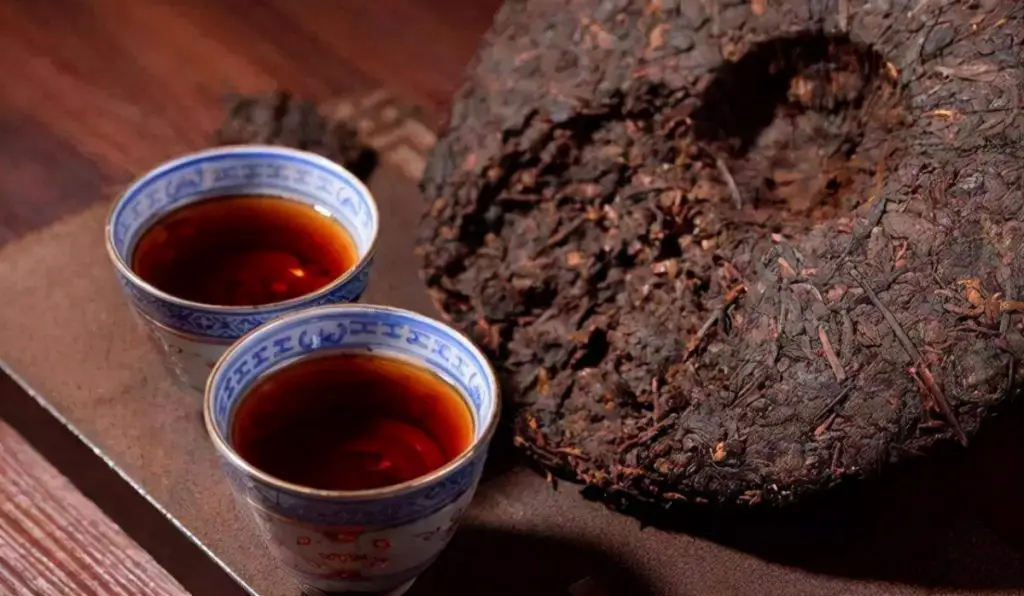 Aside from the unpleasant smell and appearance, a moldy mattress can pose serious health risks. Mold can release spores and mycotoxins into the air, which can trigger allergic reactions and respiratory issues such as coughing, sneezing, and difficulty breathing. Prolonged exposure to mold can also lead to more severe health problems, including asthma and other respiratory illnesses.
Aside from the unpleasant smell and appearance, a moldy mattress can pose serious health risks. Mold can release spores and mycotoxins into the air, which can trigger allergic reactions and respiratory issues such as coughing, sneezing, and difficulty breathing. Prolonged exposure to mold can also lead to more severe health problems, including asthma and other respiratory illnesses.
Causes of mold growth on a mattress
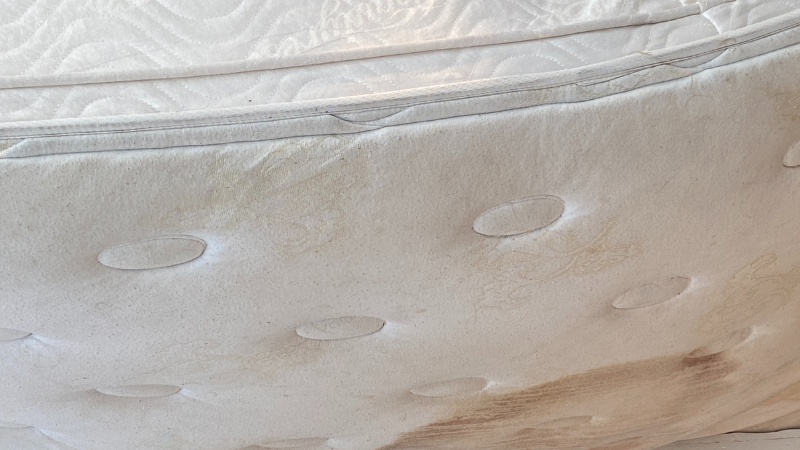 There are several factors that can contribute to the growth of mold on your mattress. The most common cause is exposure to moisture, whether it's from a spill, sweat, or high humidity levels in your home. Another cause could be a lack of proper ventilation in your bedroom, trapping in moisture and creating the perfect environment for mold to thrive.
There are several factors that can contribute to the growth of mold on your mattress. The most common cause is exposure to moisture, whether it's from a spill, sweat, or high humidity levels in your home. Another cause could be a lack of proper ventilation in your bedroom, trapping in moisture and creating the perfect environment for mold to thrive.
Preventing and treating mold on your mattress
 Prevention is key when it comes to mold growth on your mattress. To prevent moisture from accumulating, make sure to use a mattress protector and regularly wash your bedding. It's also important to keep your bedroom well-ventilated and to address any leaks or water damage in your home immediately.
If you suspect that your mattress has mold, it's crucial to take action right away.
Do not sleep on a moldy mattress
, as it can aggravate any existing respiratory issues and put your health at risk. Instead, remove the mattress from your bedroom and place it in a well-ventilated area to dry out completely. You can also use a mixture of water and white vinegar to clean the affected area, as vinegar is a natural anti-fungal agent.
Prevention is key when it comes to mold growth on your mattress. To prevent moisture from accumulating, make sure to use a mattress protector and regularly wash your bedding. It's also important to keep your bedroom well-ventilated and to address any leaks or water damage in your home immediately.
If you suspect that your mattress has mold, it's crucial to take action right away.
Do not sleep on a moldy mattress
, as it can aggravate any existing respiratory issues and put your health at risk. Instead, remove the mattress from your bedroom and place it in a well-ventilated area to dry out completely. You can also use a mixture of water and white vinegar to clean the affected area, as vinegar is a natural anti-fungal agent.
Conclusion
 In conclusion, a moldy mattress can be a serious health hazard and should not be taken lightly. Taking preventative measures and addressing any mold growth immediately can help ensure a healthy and comfortable sleep environment. Remember,
regularly cleaning and maintaining your mattress is essential for both your health and the longevity of your mattress.
In conclusion, a moldy mattress can be a serious health hazard and should not be taken lightly. Taking preventative measures and addressing any mold growth immediately can help ensure a healthy and comfortable sleep environment. Remember,
regularly cleaning and maintaining your mattress is essential for both your health and the longevity of your mattress.
